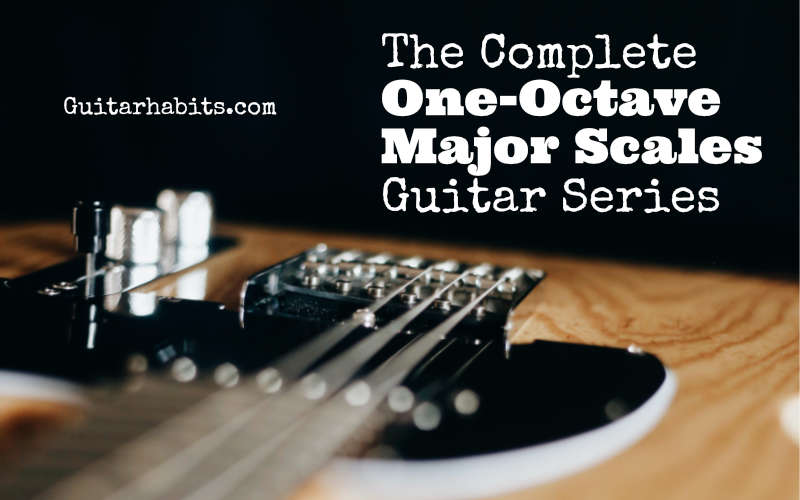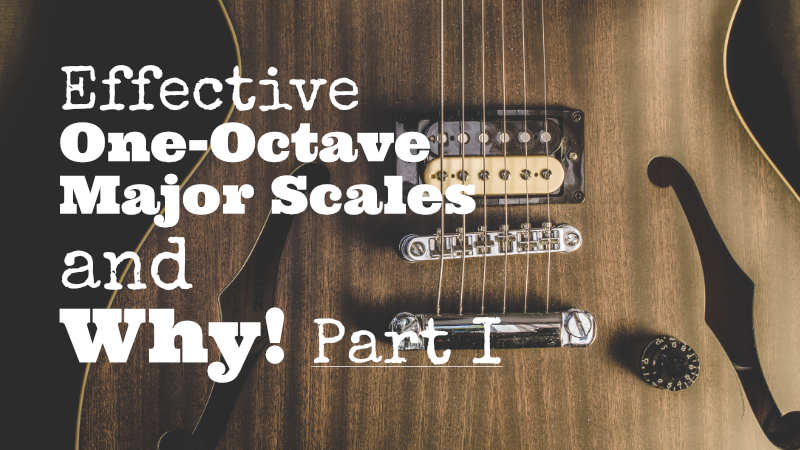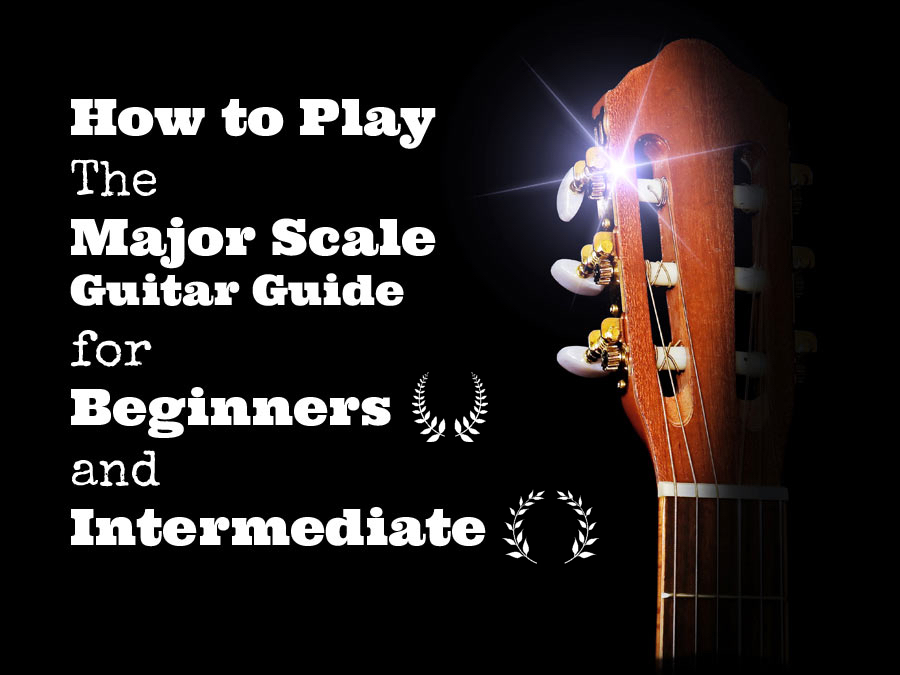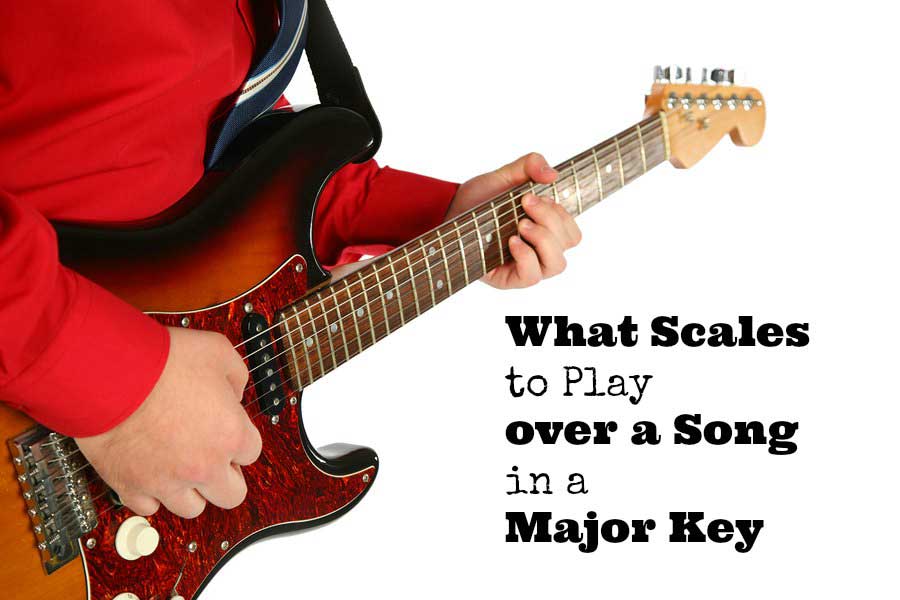
Good day everyone, today I’ve put together all the lessons from the “One-Octave Major Scale Guitar Series” into one complete lesson. It doesn’t matter if you start from scratch or if you’ve already gone through all the lessons from the last couple of weeks, now is your chance to pick up your guitar, take this valuable guitar lesson of the one-octave major scale patterns and work on it every day. It will definitely make you a better guitar player.
Guitar students usually first learn two-octave scales, but one-octave scales are the building bricks of those two-octave scales and have their own effective purpose that will serve your playing in many ways.
Why You Want to Learn One Octave Scales
One of the reasons you want to learn one-octave scales is because of their simplicity. By using only one octave it’s easier to see the shape and structure of the scale, the notes within the scale, and the intervals. The scale is more user-friendly, easier to play, memorize and apply around the fretboard.
There’s another great benefit to learning one-octave scales. Once you got them under your fingers it’s only a matter of connecting the dots to lay out two octave and three-octave scales, since they are made up of one-octave scales.
Note: In this lesson you will learn one-octave major scale shapes across the entire guitar neck that will help you understand and own the entire major scale landscape.
Starting from the Root Note
We’re learning the three major scale shape/patterns with the first (root) note starting on the Low E-string (6th string), A-string (5th string), D-string (4th string) and the G-string (3rd string). For each string starting point we have three different patterns, which are all one and the same scale with the same notes, all starting from the same root note.
Tip: Learn and memorize the notes for each string so you know the notes and recognize the key of the scale when you move the scale up or down the fretboard. This will benefit your playing tremendeously now and in the long run.
Continue Reading


 There are so many songs and so many scales. So what scales do you need to solo and improvise over a song in a major key? And what chords can you find in a major key?
There are so many songs and so many scales. So what scales do you need to solo and improvise over a song in a major key? And what chords can you find in a major key?